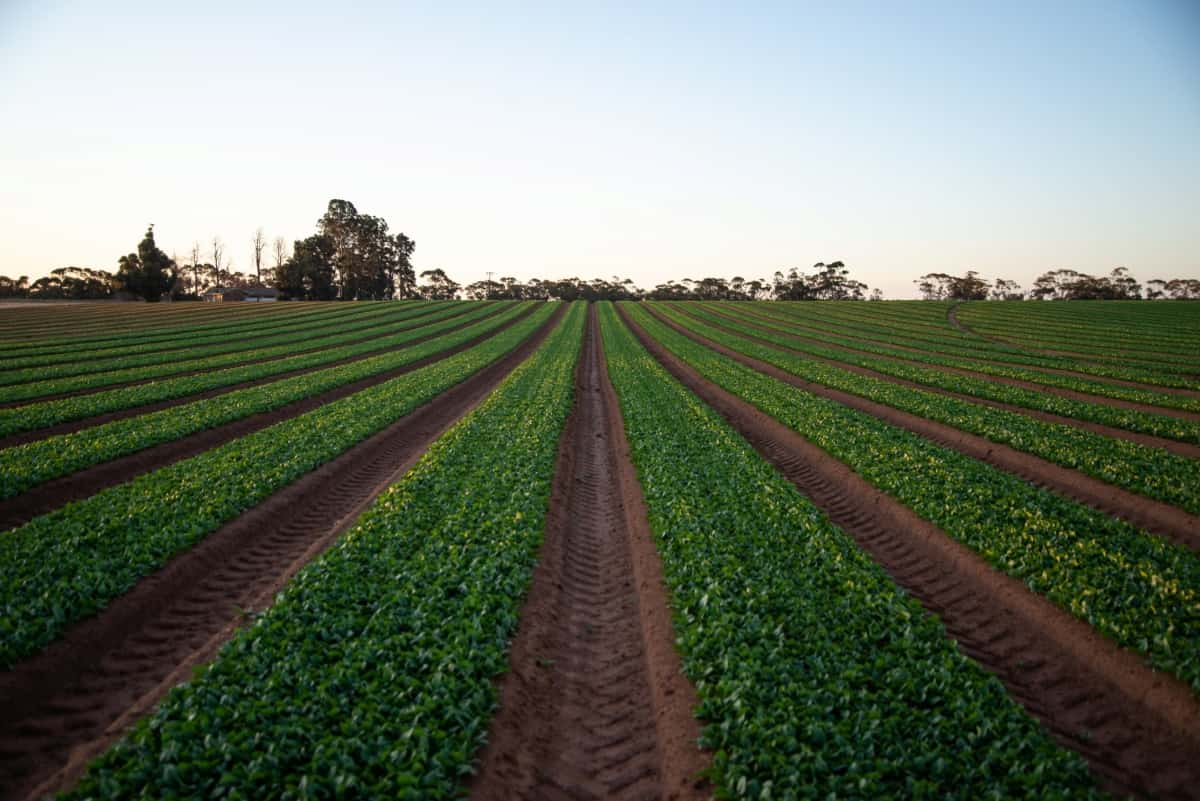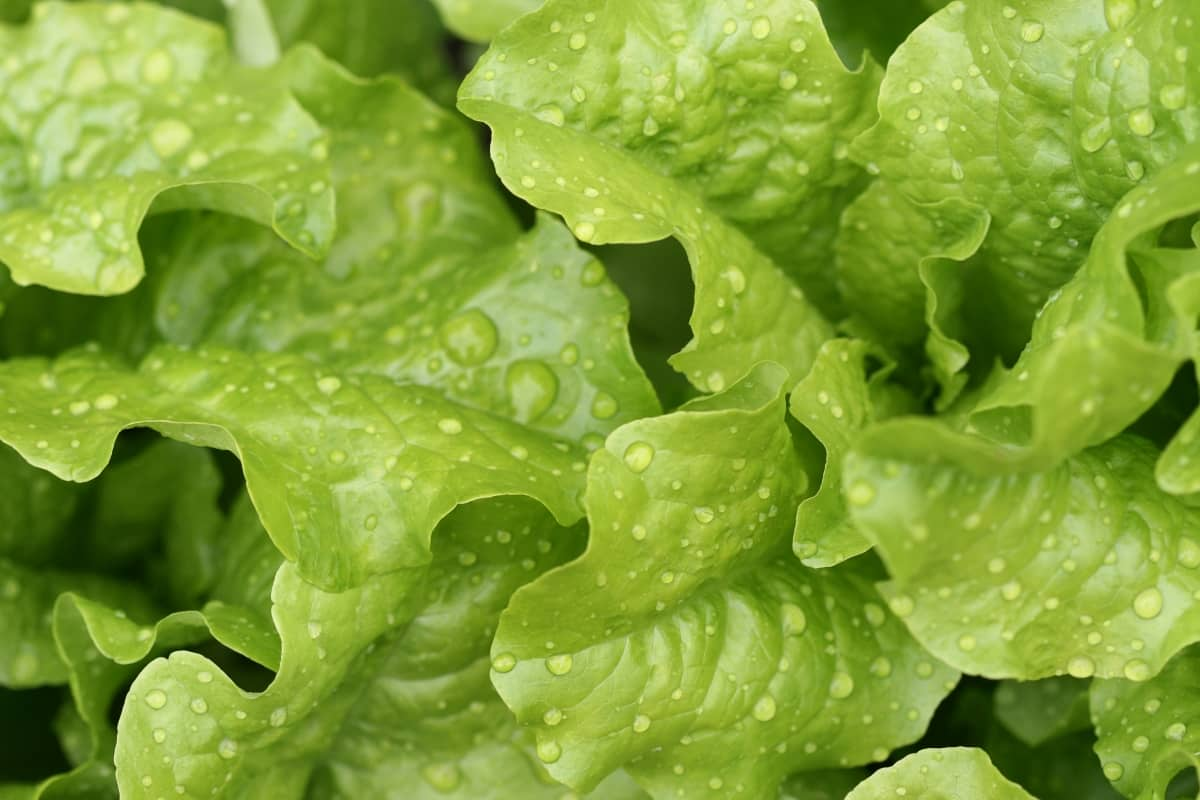Coastal areas present unique challenges and opportunities for gardening, particularly when it comes to growing vegetables. The crops grown in coastal areas must often contend with high salinity in the soil and air, frequent winds, and sometimes sandy soils. However, several salt-tolerant vegetables thrive in these conditions.
This article focuses on the best vegetables to grow in coastal environments, offering practical advice on cultivating each. From the robust flavors of tomatoes and bell peppers to the crisp freshness of cucumbers and lettuce, these vegetables not only tolerate but often flourish in coastal gardens.
Vegetables that Can Be Grown in Coastal Areas
Tomatoes
Tomatoes are a vibrant and versatile crop ideal for coastal gardens. They prefer well-drained, fertile soil and require plenty of sunlight. In coastal areas, it’s important to choose varieties that are resistant to wind and salt spray. Planting tomatoes in raised beds or containers can help improve drainage and protect them from salt accumulation. Regular watering is crucial, but avoid over-watering as this can lead to root rot. Mulching helps retain moisture and control soil temperature. Staking or caging tomatoes is recommended to keep the plants upright and protect them from strong coastal winds.

Bell Peppers
Bell peppers are another excellent choice for coastal gardens, offering a range of colors and flavors. They thrive in warm, well-drained soil and need consistent moisture. In coastal areas, using raised beds or containers can prevent salt build-up in the soil. Bell peppers thrive in full sunlight, but in hotter coastal areas, they may benefit from some partial shade during intense afternoon sun. To promote healthy growth, provide regular balanced fertilizer. Additionally, use stakes or cages to protect the plants from wind damage.
Cucumbers
Cucumbers are ideal for coastal gardens due to their love of the sun and ability to tolerate slightly saline conditions. They require fertile, well-drained soil and consistent watering, particularly during fruiting. Planting cucumbers in raised beds can improve drainage and reduce salt stress. Mulching conserves moisture and inhibits weed growth. Cucumbers can be trained to climb on trellises, saving space and promoting better air circulation, which is beneficial in humid coastal climates. Regular harvesting encourages continued production throughout the growing season.
In case you missed it: How to Grow Hydroponic Cucumber: A Step-by-Step Guide

Zucchini
Zucchini is a prolific vegetable that can flourish in coastal areas. It prefers rich, well-drained soil and needs plenty of sunlight. Raised beds or mounds can help ensure proper drainage and reduce the risk of salt accumulation in the soil. Zucchini plants require consistent watering, especially when fruits are forming. Mulching helps to maintain soil moisture and temperature. Provide enough space between plants to ensure good air circulation, which is crucial to prevent fungal diseases common in humid coastal regions. Regular harvesting when fruits are young will encourage more production.
Spinach
Spinach is a hardy, leafy green well-suited to the coastal climate. It thrives in cooler temperatures and can endure slight soil salinity. To promote its best growth, plant spinach in well-drained soil with ample organic content. In coastal regions, raised beds can be beneficial for better drainage and less salt-related stress. Consistent watering is crucial to maintain soil moisture without excessive saturation. Spinach benefits from partial shade in areas with strong coastal sun, as this prevents it from bolting (going to seed) too quickly.
In case you missed it: Hydroponic Spinach Farming in a Greenhouse: Key Rules to Start from Scratch

Kale
Kale is a nutrient-rich vegetable that thrives in coastal environments. It prefers well-drained, fertile soil and full to partial sunlight. In coastal gardens, kale can benefit from the cooler temperatures and moisture from sea breezes. Plant kale in raised beds or containers to ensure good drainage and to protect the roots from salt accumulation. Regular watering is crucial for kale, especially during dry spells. Mulching helps retain soil moisture and suppress weeds. Kale is frost tolerant and can be grown throughout much of the year in coastal areas.
Lettuce
Lettuce, with its short growing season and cool temperature preference, is well-suited for coastal gardening. It necessitates adequately drained soil with a high organic content. In coastal regions, planting lettuce in raised beds or containers can help manage soil quality and reduce salt exposure.
In case you missed it: Frequently Asked Questions About Growing Lettuce from Seed to Harvest

Lettuce needs consistent moisture to grow quickly and avoid becoming bitter. Providing some shade can protect the plants from harsh midday sun, especially in warmer coastal areas. Harvesting lettuce regularly when the leaves are young, and tender encourages new growth and extends the harvest period.
Broccoli
Broccoli is a hearty vegetable that adapts well to coastal conditions. This crop thrives in rich, well-drained soil with plenty of organic matter. It prefers cooler temperatures, making it ideal for many coastal areas. To counteract the potential saltiness of coastal soils, planting broccoli in raised beds or containers is recommended.
Broccoli needs consistent moisture to develop large, tight heads, so regular watering is essential. Mulching helps retain soil moisture and regulate temperature. Adequate spacing between plants ensures good air circulation, reducing the risk of disease in humid coastal climates. Broccoli should be harvested when the florets are compact and firm, prior to them blooming into flowers.
Cabbage
Cabbage, with its robust nature, is another excellent choice for coastal gardens. It requires fertile, well-drained soil and does well in cooler climates, typical of many coastal regions. Raised beds or containers are ideal for growing cabbage in coastal areas, as they help manage soil quality and prevent excess salt accumulation.
Cabbage plants need regular watering, particularly during head formation, to ensure the heads are crisp and tender. Mulching around the plants helps maintain soil moisture and suppress weeds. Given enough space, cabbage can grow quite large, so it’s important to space plants adequately to promote healthy growth.
Carrots
Carrots, a adaptable root crop, thrive in coastal regions. They prefer loose, sandy soil, which is often found in coastal regions. Carrots need deep, well-drained soil to develop long, straight roots. Raised beds can be particularly effective in ensuring the soil conditions carrots prefer. Regular, deep watering is crucial for carrot development, especially in the early stages of growth. Mulching helps maintain soil moisture and keeps the soil temperature consistent. Thinning the carrot seedlings is important to give each carrot enough space to grow. Harvesting carrots can begin when they are small and tender or left to grow to full size.
Conclusion
Growing vegetables in coastal areas can be a rewarding experience. The unique conditions of these regions, such as higher soil salinity and distinct climate, require careful selection of crops and cultivation methods. Vegetables like tomatoes, bell peppers, cucumbers, zucchini, spinach, kale, lettuce, broccoli, cabbage, and carrots are not only salt tolerant but can thrive in coastal gardens with the right care.
By employing strategies such as using raised beds, ensuring adequate drainage, and providing consistent moisture, gardeners can enjoy a bountiful harvest. These vegetables not only add flavor and nutrition to meals but also bring the joy of gardening to those living in coastal environments.
- Ultimate Guide to Ossabaw Island Hog: Breeding, Raising, Diet, and Care
- Ultimate Guide to Juliana Pig: Raising Facts, Size, Diet, Care, and Lifespan
- Raising Lleyn Sheep: Disadvantages, Price, Uses, Characteristics, and Care
- Ultimate Guide to Meishan Pig: Breed Facts, Breeding, Raising, and Care
- Ultimate Guide to Teacup Pigs: Raising, Diet, Lifespan, Cost, and Care
- Guide to Raising Poll Dorset Sheep: Facts, Profile, Characteristics, Uses, and Care
- Ultimate Guide to Bighorn Sheep: Characteristics, Diet, Lifespan, Breeding, and Lifecycle
- Ultimate Guide to Raising Katahdin Sheep: Farming Facts, Breed Profile, Uses, and Care
- Ultimate Guide to Raising Oreo Cows: Belted Galloways Farming Facts, Profile, Uses, and Care